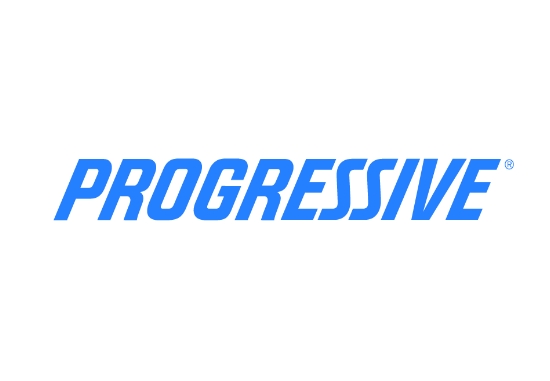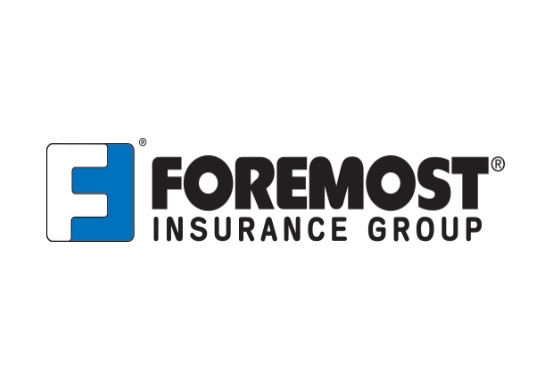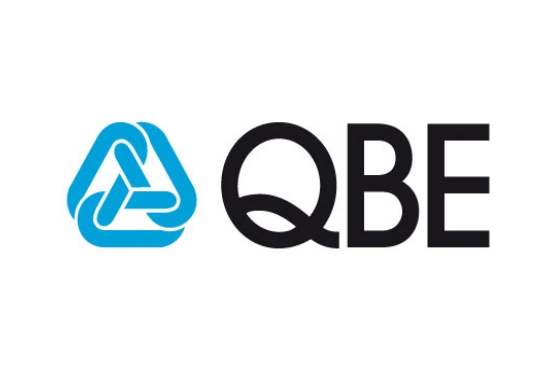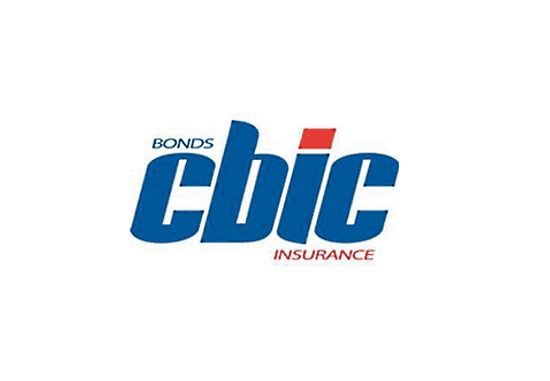How does interruption insurance work?
Business interruption insurance, also known as business income insurance, is designed to help businesses maintain their financial stability when a covered event disrupts their operations. Here’s a detailed explanation of how it works:
What is Business Interruption Insurance?
Business interruption insurance compensates a business for income lost during periods when it cannot operate due to a covered event. This type of insurance is typically included as part of a commercial property insurance policy or a comprehensive business owner’s policy (BOP).
Key Elements of Business Interruption Insurance
Covered Perils
- Business interruption insurance typically covers losses resulting from physical damage to the business premises due to events such as fire, theft, natural disasters (like hurricanes or earthquakes), and other insured risks.
- It’s important to note that standard policies may exclude certain perils, such as floods or pandemics, unless specifically added through endorsements.
Income Replacement
- The policy compensates for the lost income that the business would have earned if the disruption had not occurred. This includes profits that would have been earned based on historical financial data.
- The insurer will typically look at your past financial records to determine the amount of lost income.
Operating Expenses
- It covers ongoing operating expenses that the business continues to incur despite the interruption. This can include rent, utilities, and payroll.
- This helps businesses maintain their relationships with employees and vendors even while they are not generating revenue.
Extra Expenses
- The policy can also cover additional expenses that a business incurs to continue operations while the premises are being repaired. For example, if a business needs to temporarily relocate, the policy may cover moving expenses and rent for the new location.
Restoration Period
- The restoration period is the time frame during which the policy provides coverage. It begins on the date of the covered event and ends when the business is back to normal operations or the policy limit is reached.
- Policies often include a waiting period (usually 48-72 hours) after the event before coverage kicks in.
Exclusions and Limitations
- Typical exclusions might include interruptions due to power outages not caused by damage to the business premises, pandemics, or government-mandated closures not resulting from physical damage.
- It’s crucial to read the policy carefully and understand what is and isn’t covered.
Example Scenario
Consider a retail store that suffers a fire. The fire damages the building and inventory, forcing the store to close for repairs. During this time:
- The store cannot generate revenue from sales.
- The store still needs to pay rent, employee salaries, and utility bills.
- The store incurs additional costs to rent a temporary location to continue operations.
With business interruption insurance, the store can:
- Recover the lost income based on previous sales data.
- Cover the ongoing expenses like rent and salaries.
- Pay for the extra costs of setting up a temporary location.
How to File a Claim
- Notify the Insurer: Contact your insurance company as soon as possible after the event.
- Document the Damage: Provide detailed records and documentation of the damage and interruption, including photographs, repair estimates, and financial statements.
- Calculate the Losses: Work with your insurer to calculate the lost income and extra expenses incurred during the interruption.
- Receive Payment: Once the claim is approved, the insurer will compensate for the covered losses according to the policy terms.
Business interruption insurance is a vital part of a comprehensive risk management strategy for businesses. It provides financial protection against lost income and ongoing expenses during periods of operational disruption caused by covered events. By understanding the specifics of the policy, including covered perils, restoration periods, and exclusions, businesses can better prepare for and mitigate the financial impact of unexpected interruptions.
Related Posts
Get a Right Insurance For You
SHARE THIS ARTICLE
We will compare quotes from trusted carriers for you and provide you with the best offer.
Protecting your future with us
Whatever your needs, give us a call, have you been told you can’t insure your risk, been turned down, or simply unhappy with your current insurance? Since 1995 we’ve been providing coverage to our customers, and helping people across United States.














